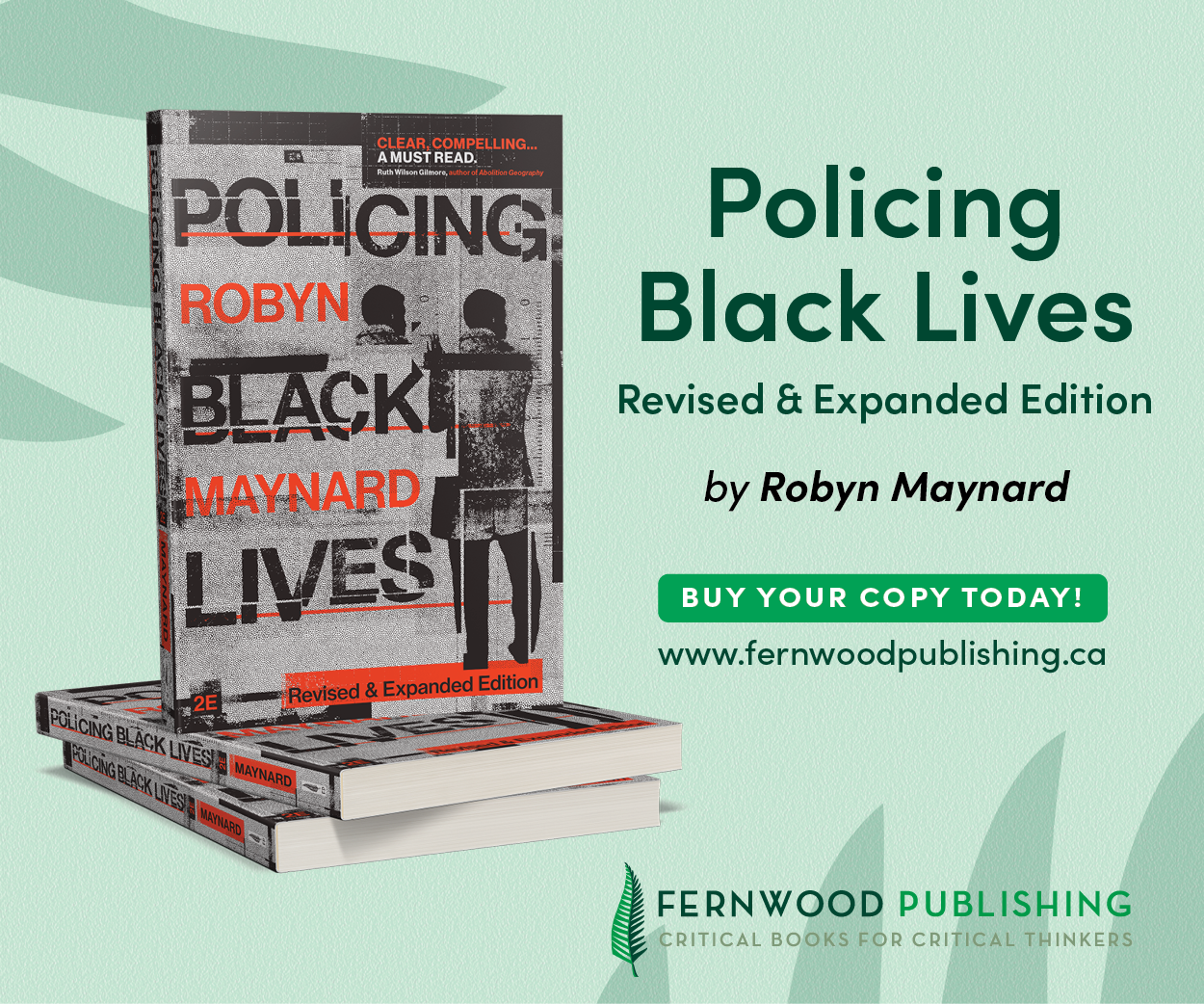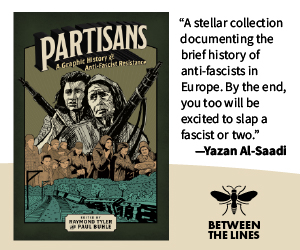Strike! The Musical
The Winnipeg General Strike as a musical? I must admit to having had mixed feelings about the project when I learned about it. The drama and scale of the confrontation create immense artistic possibilities, of course – but also present just as many challenges. I’ve taught the history of the strike for many years and have always been frustrated at the difficulties of conveying to students the drama and importance of these six weeks in the spring of 1919. Academic treatments and documentaries have often been of little help, as they saw the strike a mere episode (a helpful or unhelpful one, depending on one’s politics) on the road to modern liberal democracy.
There are many reasons for this lack of historical insight. The kind of mass mobilization and social crisis seen during the strike is remote from a contemporary popular imagination limited by neoliberalism and the tepid social-democratic responses to it. It is difficult to convey the sense of hope and possibility that emerged at the end of World War I as working-class rebellions shook the world. As well, the discourse of the strike has cast a long shadow. In 1919, Winnipeg business and the federal government painted the strike as a revolutionary challenge to their power. Strike leaders rejected that charge, partly out of conviction – many of them considered themselves revolutionary socialists, but their thinking was very remote from the ways in which Lenin or Luxemburg thought about the revolutionary possibilities of mass strikes – and partly for defensive reasons. Charges of revolution would provoke the military suppression of the strike and brutal repression. By mid-century, social democrats were able to hone this non-revolutionary view of the strike to fit their growing support for the welfare state. In much of the literature, the strikers are painted as precocious CCF/NDPers.

In Strike! The Musical, creator Danny Schur has helped resurrect the hopes and challenges of strike-bound Winnipeg in ways most earlier treatments have not. The sterile dichotomies over how “revolutionary” the strike was fade, and other meanings open themselves. While the strike was prompted by a desire to support the striking building-trades workers (and the metal-trade workers, who get ignored, here), it was never just that. Schur’s drama focuses on Jewish and Ukrainian workers who were not union members, and who would not have been allowed to work in the skilled trades. Indeed, probably half of the strikers did not belong to unions in 1919.
As the characters debate whether or not to throw in their lot with the organized labour movement, their hopes of challenging the myriad oppressions they face are vocalized. The strike they joined was against poverty, injustice and prejudice. At the same time, though, there was no sense that this was the final battle against capitalism. It was, as the musical makes clear, a social crisis. It moved to its own rhythm, as human relationships were remade. As new solidarities were formed, often uneasily, in the heat of the struggle, its challenge became increasingly broad. Schur paints a picture of working people debating in their neighbourhoods and in mass meetings in Victoria Park, increasingly assuming control of their collective destinies. Although one song claims the workers wanted “Nothing Radical,” the lyrics suggest that capital was quite right to be deeply concerned about where it was heading.
This is, of course, a musical. The genre requires a love story and the manipulation of history in aid of the plot. For the most part, this is handled quite deftly. The relationship of the young, Jewish Rebecca Almazoff (Catherine Wreford) and Ukrainian Myron Dudar (Marc Devigne) is as much a political as a romantic partnership, and reflects a conscious decision to forge new solidarities on the basis of common interests and dreams.
Schur has concocted a relationship between them and Mike Sokolowski (Jay Brazeau), who was killed by the police on “Bloody Saturday.” This works well, as Sokolowski becomes the vehicle through which the tensions of opposing loyalties are played out. His movement toward support for the strike is a slow and painful one, and no doubt reflects the fears so many immigrant Winnipeggers must have felt in abandoning elements of their past and casting their lot in with a new, diverse and dangerous movement. They would face hunger, of course, as six weeks of strike meant no pay packets and perhaps little future employment, but also the very real threat of deportation, a weapon that the Canadian state would continue to use liberally.
As well, the violence of anti-immigrant gangs and especially the “specials” that replaced the Winnipeg police, who were dismissed for refusing to renounce their union, is well depicted. At the same time that fascist gangs were beginning to emerge in Europe – often used by employers against unionists and radicals – something very similar was happening on the streets of Winnipeg.
Good History?
The most egregious diversions from the historical record come in Schur’s depiction of the strike’s enemies. The federal minister of labour, Gideon Robertson, is presented as the key villain. This is dramatically effective, since, as a trade unionist in an essentially Tory government, the role of Judas clearly presents itself. Robertson is seen egging on local capitalists to fight the workers. In fact, the opposite would be more accurate. The local leaders of the anti-labour Citizens’ Committee of One Thousand, particularly lawyer A.J. Andrews, fought the strike with considerable verve, often forcing the federal government to act, and stepping in when it hesitated. Although a real person, the musical’s Winnipeg retailer James Ashdown is constructed by Schur as a kindly patron, willing to let the workers blow off steam, hesitant to physically repress them.
No doubt the remarkable class unity that was demonstrated by Winnipeg’s bourgeoisie was a problem for Schur, who quite rightly tried to avoid melodrama and wanted to introduce complexity to both sides of the class conflict. The fact of the matter, however, is that few of the city’s rulers hesitated in using all the weapons available to them to defeat the strike. The conflict could have been painted more sharply by emphasizing that the main players were all local, and were playing out a conflict that had fermented in Winnipeg over their lifetimes.
As a mass strike, there is a huge array of stories that could be told, and meanings derived from them. In the aftermath of the performance, I found more people keen to understand the meaning of the Winnipeg General Strike than I have in years. The roles of ethnicity, class, violence and language in the conflict have found a new audience. The lyrics resonate of the challenges that confronted working-class Winnipeggers almost a century ago (and can be sampled at strikemusical.com). The musical is a fitting memorial to the strikers, and it will hopefully be produced again in Winnipeg and beyond.
Strike! The Musical runs in Winnipeg’s Theatre in the Park from May 26 to June 14.
This article appeared in the May/June 2007 issue of Canadian Dimension .









